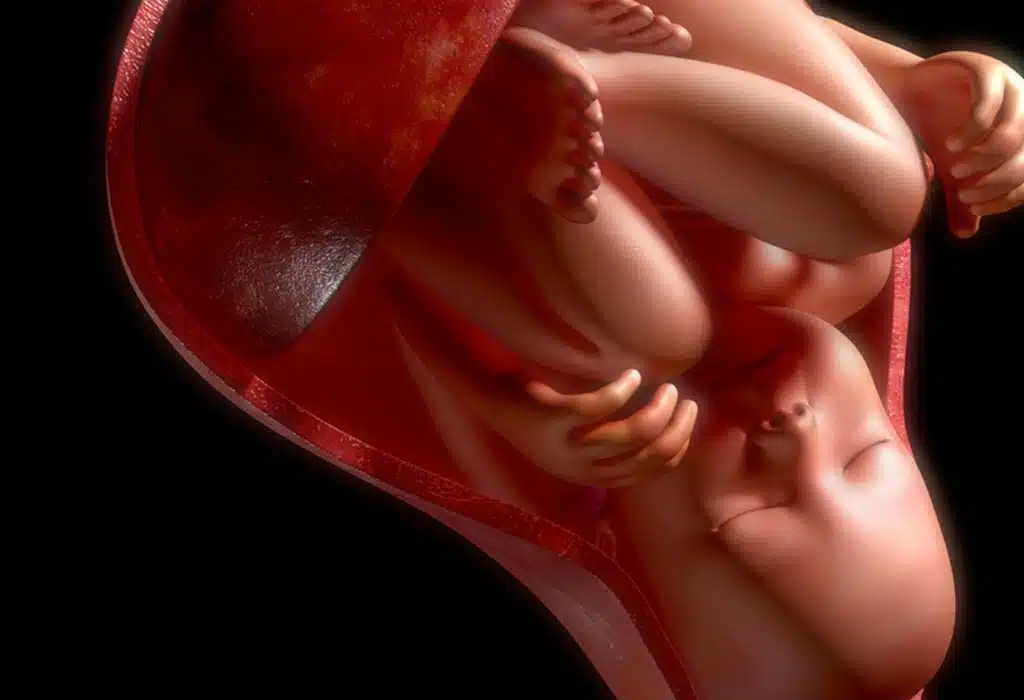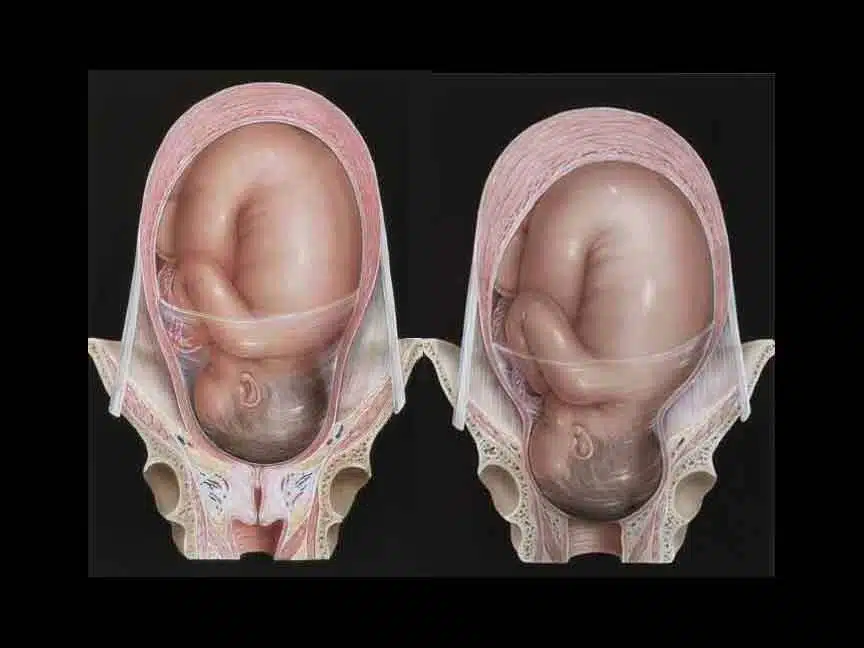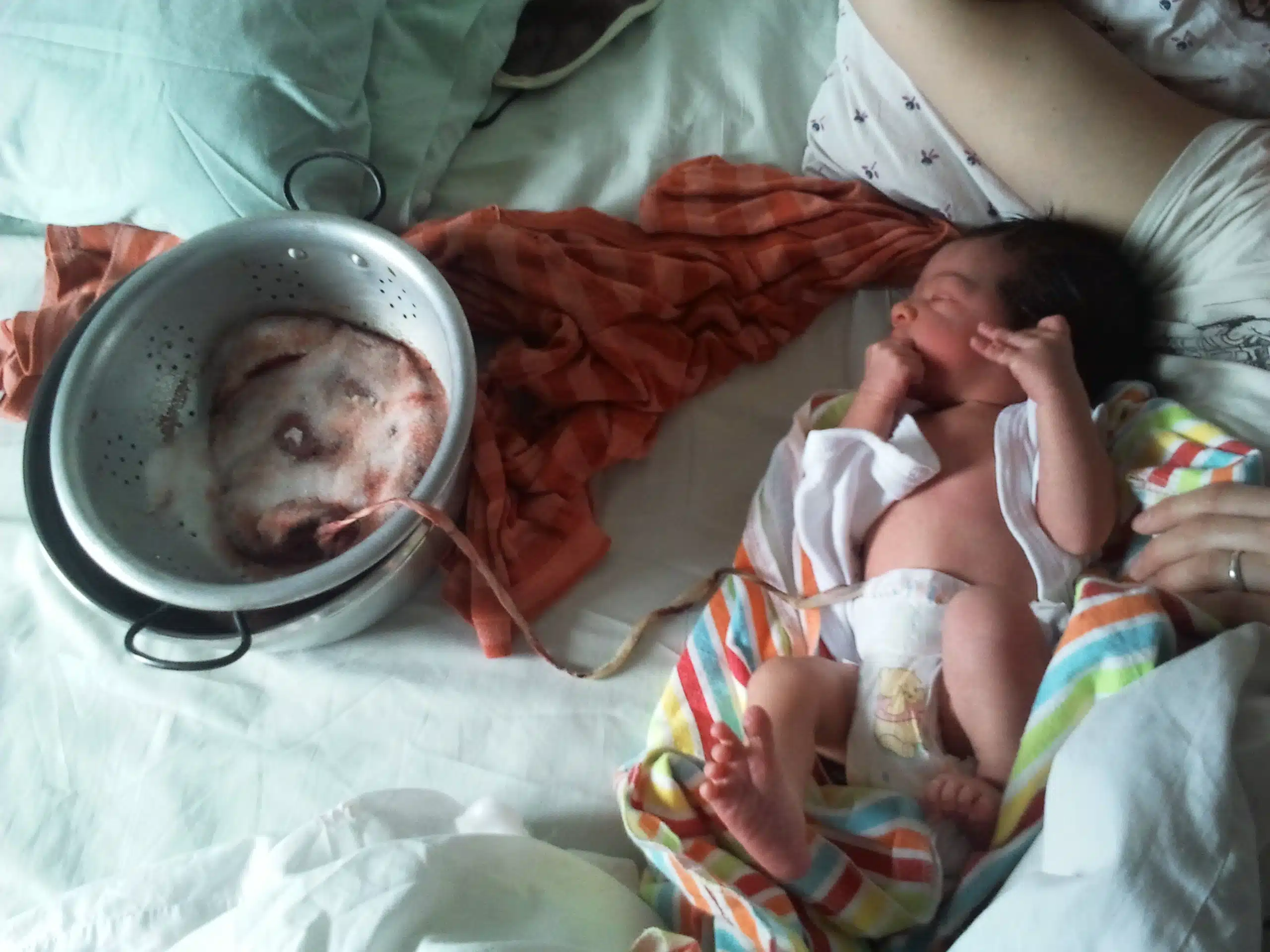NVD cost : Normal vaginal birth is the childbirth process which takes place without any form of medical intervention. Nowadays to alleviate the pain and speed up the delivery process medications might be used (you can choose not to opt for any medical intervention). All in all, normal delivery is, in other words, completely natural delivery of a baby by the mother without any medical intervention. During normal/vaginal delivery the primary focus is on how and in which position will the mother be comfortable delivering the baby. The mother can lead the whole process of labor and delivery. The doctor and attending nurses, aid her while being alert for any kind of emergencies.

What are the stages of normal vaginal delivery?
There are three major stages you will undergo during normal childbirth:
- Labour and effacement of the cervix
- Pushing & birth of the baby
- Delivering the placenta
- NVD cost
Labor and effacement of the cervix
This is the first stage of the normal delivery process and labor. For the baby to be born, the cervix needs to become malleable, soften and stretch so that the baby can be delivered. This first stage can last for up to 13 hours for a woman who is delivering a baby for the first time, and for seven to eight hours for a second or third child. Contractions occur which helps to dilate the cervix. This first stage has three sub-stages:
- Early labor: The cervix of the expectant mother opens to about 4 centimeters. You will probably spend most of the early labor at home. At this stage, the expectant mother can continue to perform her usual activities, relax often, drink plenty of clear fluids, eat light meals whilst keeping keep track of the contractions. With time the contractions grow stronger and when the expectant mother gets more frequent and stronger contractions and is not able to talk during contractions, it means she has moved to the stage of active labor.
- Active labor: At this stage, the cervix of the expectant mother may open from 4 to 7 centimeters. This is the stage when the mother should be taken to the hospital. The contractions occur every 3 to 4 minutes and each of them lasts for about 60 seconds. These contractions show that the cervix is opening faster (about 1 centimeter per hour). As the labor progresses, the water may break causing a gush of fluid. Once the water breaks, the contractions speed up. The expectant mother at this stage needs to relax. She can change positions, receive gentle massages or hot and cold compresses, walk slowly or sit upright all of which will help. Relaxing in between the contractions is very important as it will help the cervix to widen. The expectant mother can also soak herself in a tub which will ease the discomfort.
- Transitioning to the second stage: The cervix at this stage opens from 7 to 10 cms. This is the most painful and stressful part of the labor for most women as the cervix widens up to its fullest. The contractions occur every two to three minutes and last for up to 60 to 90 seconds. The mother at this stage may feel a strong urge to push because she feels the pressure in the rectal area and stinging in the vaginal area, as the baby’s head slowly moves down toward the vaginal opening. But she should not push at this stage and wait for her health caregiver to give the go-ahead to start pushing. The health caregiver will give the signal once the cervix is fully dilated. The expectant mother may feel fatigued, irritated, nauseous and alternately hot or cold. Slow and relaxed breathing is highly effective during this period. NVD cost

Pushing & birth of the baby
Once the cervix completely widens or dilates the second stage of labor begins. The contractions at this stage continue to be strong, though they often come farther apart. The frequent contractions help to push the baby down head first through the birth canal. The expectant mother’s health care provider may ask her to push with every contraction. The mother will feel an intense pressure similar to the urge while undergoing a bowel movement. The mother may feel highly irritated at this stage and may alternate between wanting to be touched/soothed or being left alone. She will be highly fatigued and may also feel nauseous. The intensity at the end of the first stage of labor will continue in this pushing phase.


Delivering the placenta
After the birth of the baby, the contractions continue to push out the placenta, a process also known as the afterbirth. The delivery of the placenta can take from a few minutes to a half hour after the baby is born. The healthcare provider may ask the mother to place the baby on her breast, as this stimulates uterine contractions. Alternatively, the healthcare attendant may gently massage the new mother’s abdomen to help stimulate placental separation. Most babies are ready to nurse a few minutes immediately after birth while others may take a little longer. Healthcare providers usually ask the mother to nurse the child as soon as possible after birth, provided the mother is willing to breastfeed. Nursing right after birth also helps the uterus to contract and so decrease the amount of bleeding.
What are the benefits of normal vaginal delivery?
The benefits of vaginal delivery include:
- short hospital stays
- low infection rates
- quick recovery compared to cesarean
- babies have a lower risk of suffering from respiratory problems
- no post-surgical haemorrhaging

What are the risks of normal vaginal delivery?
The risks a mother may face before and during the normal vaginal delivery include:
- rupture of the uterus
- fetal distress (for example reduced oxygen supply to the baby)
- vaginal tear
- tears in the perineum, i.e. the soft tissue between the vulva and the anus
- umbilical cord prolapse which occurs when the cord comes out before the baby
- if the mother suffers from any infections, it may be passed on from the mother to the child
- the baby is emerging buttocks/feet first (breech position)
- the baby is emerging shoulder first
- there is more than one baby
- the size of the baby is big
- cephalopelvic disproportion (when a baby cannot fit through a pelvis due to the small size of the mother’s pelvis)
- undetected placenta previa, meaning the placenta covers the cervix
The risks a mother may face after a normal vaginal delivery include:
- damage to the pelvic floor due to which the woman may suffer from temporary or chronic pelvic pain
- pelvic organ prolapse which occurs when the bladder, uterus and/or rectum protruding into the vagina or outside the vaginal opening
- retained placenta
- urinary leakage with sudden coughing, sneezing, or laughing post delivery
- postpartum hemorrhage
anesthesia (if used) related complications
What to expect during the postpartum recovery period after a normal vaginal delivery?
After a normal delivery, you may face a few issues which will need some care such as:
- Vaginal discharge and bleeding: When bleeding, expect a heavy bright red flow for the first few days after the delivery as it happens during the monthly periods. It then slowly tapers off becoming pink or brown or yellow or white. You need to immediately call your doctor if you have a fever or are bleeding too much and changing the sanitary pads every hour or you are passing big blood clots.
- Vaginal soreness: If you had a vaginal tear during delivery the wound may hurt for up to six weeks, though if the tearing was severe it could take more time than that to heal. While sitting down it can be painful, so you can use a pillow or a doughnut cushion that helps you to sit down with any pressure on the perineum. You can place an ice pad between the sanitary napkin and the wound which will provide some relief from the pain. Make sure you take your painkillers and stool softeners so that as recommended by your doctor.
- Pain while urinating or having bowel movements: As the tissue around your bladder and urethra may be swollen or bruised, you may find it painful to urinate. Doing Kegel exercises during this period with doctor’s advice will help. It will tone your pelvic muscles. Further, you could also have constipation since you could be taking iron supplements which are prescribed by the doctor to get your blood count up. Make sure you take the stool softeners prescribed by the doctor. Also, drink plenty of water, 8-10 glasses per day to make up for the dehydration breastfeeding may cause, and add high-fiber foods to your regular diet. If you notice very painful bowel movements you may also have hemorrhoids. To get relief from hemorrhoids you can soak the lower part of your body in a tub of warm water. You may also be prescribed some topical medication by the doctor to apply in the affected area.
- Contractions: Also known as afterpains, contractions may occur for a few days immediately after delivery. These contractions are actually good in a way as it means your uterus is shrinking back into size and the blood vessels are being compressed preventing excessive bleeding. Contractions can especially occur when you are nursing your baby.
- Hair loss: The rise in hormones during pregnancy keeps you from losing your hair. After childbirth, as the hormones return to normal levels it causes the hair to fall out and return to the normal hair fall and growth cycle. The normal hair loss that was delayed during pregnancy may fall out all at once after delivery.

How long does it take to recover from a normal vaginal delivery?
The vagina tends to remain sore and tender for a period of at least two weeks after a normal vaginal delivery. You should be able to recover your energy within seven to 10 days. Complete recovery, especially if you experienced perineum tear while delivering, may take six weeks and a little more depending on your overall health condition. Please check with your doctor about how soon you can start exercising after a normal vaginal delivery as it depends on your overall health condition. You can, however, start doing the Kegel exercises soon after delivery, albeit gently.








